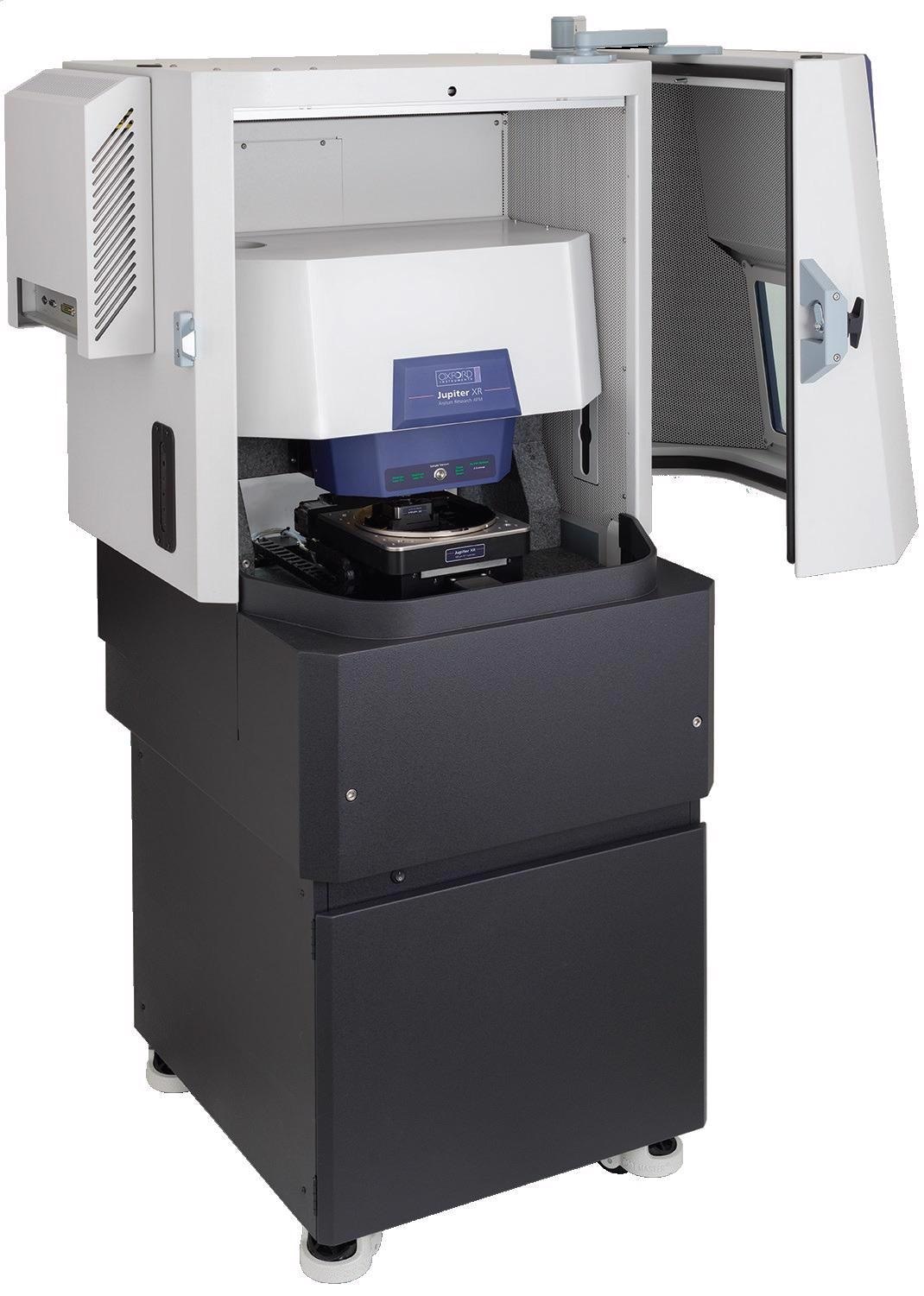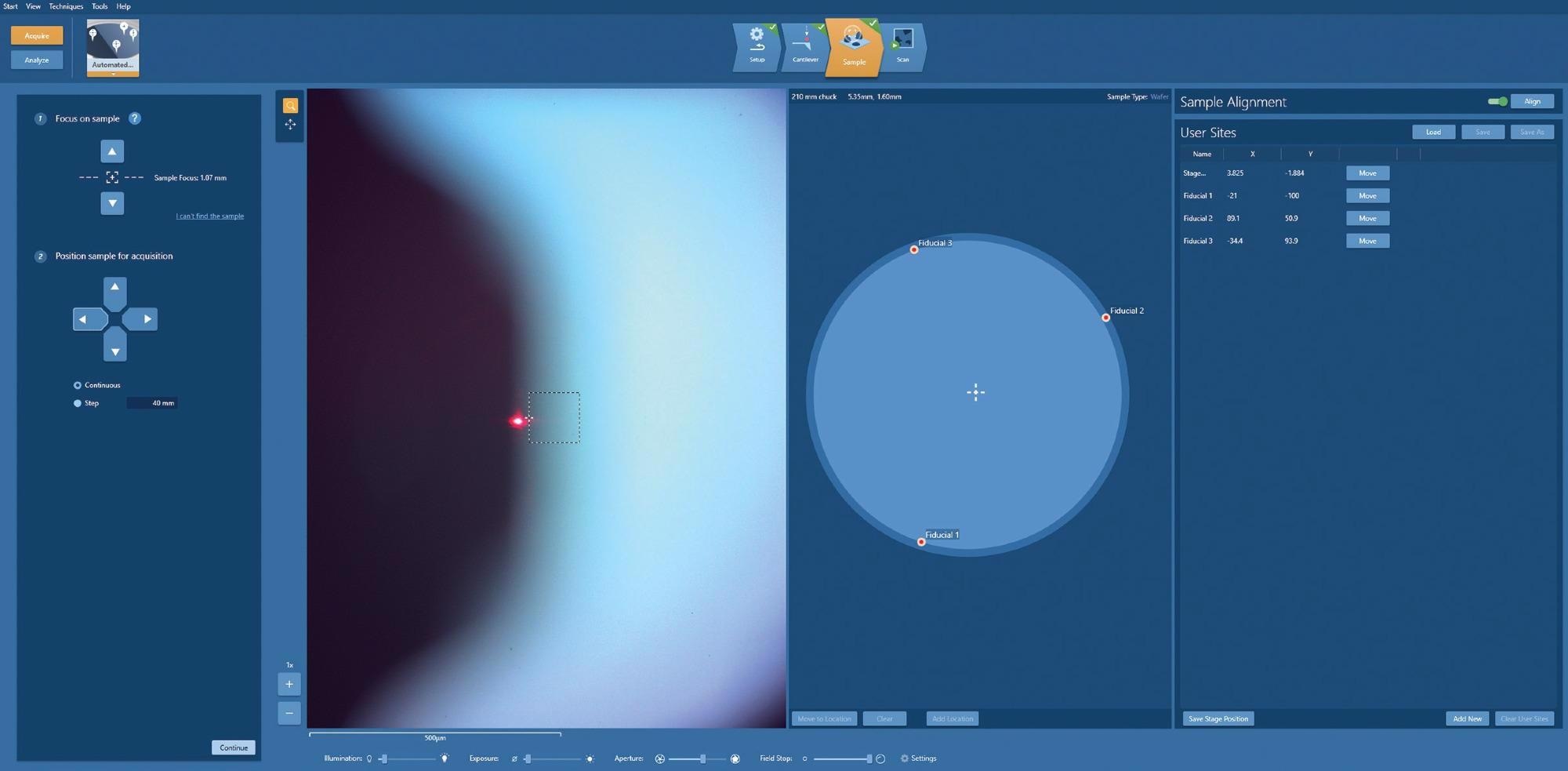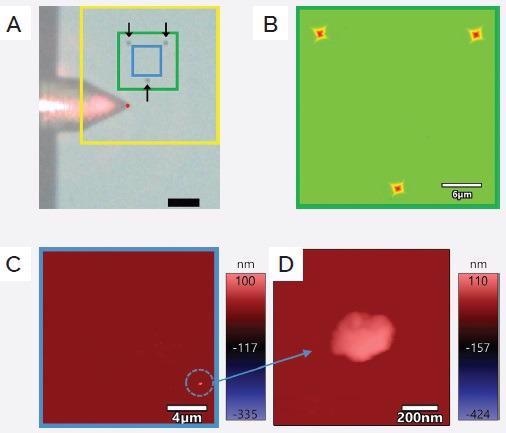The semiconductor industry routinely fabricates integrated circuits and microchips destined for use in a diverse array of applications, ranging from the automotive sector to communications and data processing.
There is a continuing demand to improve device performance and lower costs, requiring the development of advanced manufacturing techniques and new technologies.
Semiconductor fabrication necessitates the most extreme levels of cleanliness because even the slightest contamination may lead to devices failing.
Great care must therefore be taken to identify and eliminate any sources of contamination and defects – a task that requires the rapid and accurate identification of these sources and useful feedback into the manufacturing process.
These factors are key to ensuring a stable supply of products and increasing profitability via yield improvement.
Many of the most prominent advances in semiconductor devices stem from the ever-decreasing size of ‘technology nodes,’ a term relating to the devices’ smallest features.
Over the past last 20 years alone, feature sizes have seen a reduction of a factor of ten, from >100 nm features to <10 nm features.
Smaller features tend to result in cheaper and faster technology, but this miniaturization also means that particles and defects of smaller size can pose a significant risk to devices and must therefore be carefully and effectively controlled.
For example, photomask blanks used for extreme-ultraviolet lithography (EUV) processes are generally produced under specific conditions designed to reduce the number of particles larger than ~20 nm on a 6-inch photomask blank to zero.
Light scattering is used to perform an initial contamination inspection, but this method is unable to offer accurate information about defect type – for example, particle versus indent.
Scanning electron microscopy coupled with energy-dispersive X-Ray spectroscopy (SEM/EDS) could be used to study this contamination further, but it can be challenging to analyze such small-sized particles using SEM.
Another potentially useful technique in the scenario is transmission electron microscopy (TEM/EDS).
To efficiently perform TEM analysis, the contamination’s exact location should be confirmed, and its type should be identified (particle or defect).
Atomic force microscopy (AFM) has become an invaluable tool due to its ability to easily locate and identify very small contaminants, indicating whether the contaminant is a particle, a hole, a defect or a bump.
Oxford Instruments Asylum Research’s Jupiter XR AFM (Figure 1) boasts an array of features that set it apart from traditional AFMs, making this the instrument of choice for contamination detection and analysis.

Figure 1. Jupiter XR Large Sample AFM. Image Credit: Asylum Research - An Oxford Instruments Company
The Jupiter XR AFM leverages the power of Asylum Research’s exclusive blueDrive photothermal tapping mode to ensure high quality, accurate and repeatable data.
Most notably, the recently developed Ergo software features 3-point alignment and coordinate correction functions that are ideally suited to facilitating particle localization (Figure 2).

Figure 2. Ergo software interface showing 3-point alignment using fiducial markers. Image Credit: Asylum Research - An Oxford Instruments Company
The Jupiter XR AFM is capable of scanning large areas of sample (up to 100 µm), offering a high pixel count that is suitable for the detection of nanometer-sized particles or defects.
Each pixel in a 100 µm image measures almost 200×200 nm square at a conventional image pixel count of 512×512. At a higher pixel count of 4096×4096 pixels, however, each individual pixel represents an area of just 2.5×2.5 nm square.
Rapid imaging on a Jupiter XR AFM means that a high pixel count image such as the one shown in Figure 3C (a 20 µm image with a pixel size of 20×20 nm) can be acquired in less than 2 minutes – a key consideration for industrial productivity and large-scale operations.
Ergo also features automation and autopilot functions.
Automation empowers the AFM user to acquire data at up to 1,000 sites without the need for constant user interaction, whereas autopilot represents a highly advanced algorithm able to automatically determine optimal imaging parameters, essentially simplifying data collection for AFM users at all experience levels.
This robust combination of features - coupled with the low noise of the Jupiter XR AFM - facilitates the detection of nanometer-sized particles and defects with a level of speed and accuracy that confidently surpasses that of any other AFM instrument.
Figure 3 displays an example of a particle contamination measurement. The sample was first analyzed with a light scattering technique, allowing the general area where contamination was present to be highlighted with optically visible indents.
These indents are visible using the AFM video camera view (Figure 3A), meaning they can be employed as useful reference marks to determine the area to be imaged by AFM.
Next, a survey scan of 30 µm was completed. This included the three indent reference points (Figure 3B).
A smaller image of 20 µm with a much higher pixel count (Figure 3C) was obtained inside the area bordered by the indents, allowing the user to locate the contamination that had been initially detected via light scattering.

Figure 3. Localization and imaging of sample contamination using Jupiter XR AFM. a) optical view of the sample showing indents (arrows), the AFM tip (red dot), and the outlines of the different scan areas for reference: 20 μm (blue), 30 μm (green), 100 μm (yellow). Scale bar is 20 μm. b) AFM image showing the 3 indents visible in optical image. c) AFM image of the area where the contamination was detected. d) zoom in into the contamination area showing a particle of ~250 nm in diameter. Image Credit: Asylum Research - An Oxford Instruments Company
The image clearly indicated the presence of contamination in the form of a particle that, when imaged more closely (Figure 3D), seemed to be comprised of an irregularly shaped particle that was 250 nm in size.
In the example presented here, the use of the Asylum Research Jupiter XR AFM to characterize this sample afforded users valuable information about the type of contamination present and its exact location on the sample.
With this information in place, the particle’s position coordinates can be used to further analyze it using SEM/EDS or TEM/EDS techniques as appropriate or where required.
The Jupiter XR AFM represents an invaluable tool for defect inspection due to its ability to accurately identify and locate nanoscale contaminates at high speed.

This information has been sourced, reviewed and adapted from materials provided by Asylum Research - An Oxford Instruments Company.
For more information on this source, please visit Asylum Research - An Oxford Instruments Company.